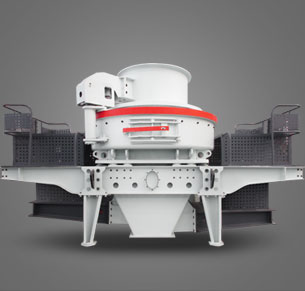To build a strong ball mill capable of grinding alumina (aluminum oxide, Al₂O₃), you need durable materials and an optimized design to withstand the hardness and abrasiveness of alumina. Here’s a detailed guide:
—
 Key Considerations for a Strong Alumina Ball Mill
Key Considerations for a Strong Alumina Ball Mill
1. Material Selection
– Mill Jar/Lining: Use high-purity alumina ceramic (≥99% Al₂O₃), zirconia (ZrO₂), or tungsten carbide (WC) linings/jars for extreme wear resistance.
– Grinding Media: Opt for alumina balls, zirconia balls, or tungsten carbide balls (higher density = better grinding efficiency).
– Avoid steel if contamination is a concern—alumina contaminates easily with metal wear debris.
2. Mill Design & Strength
– Thick-Walled Construction: Ensure the jar/lining is thick enough to resist cracking under mechanical stress.
– Reinforced Seals: Use high-quality rubber or PTFE seals to prevent leaks while maintaining durability.
– Robust Motor & Gearbox: Select a motor with sufficient torque (~0.5–5 HP, depending on batch size) and a gearbox that can handle prolonged high-load operation.
3. Operating Parameters
– Speed: Optimal speed is typically 65–75% of critical speed (`Nc = 42.3/√D`, where D = mill diameter in meters).
– Ball-to-Powder Ratio (BPR): 10:1 to 20:1 for efficient grinding (adjust based on alumina particle size requirements).
– Milling Time: Several hours to days, depending on desired fineness (monitor periodically).
4. Cooling & Safety
– Alumina generates heat during milling; consider water-cooled jackets or intermittent cooling pauses.
– Use explosion-p f motors if milling flammable solvents alongside alumina.
f motors if milling flammable solvents alongside alumina.
—
Recommended Components
| Component | Material/Type | Notes |
|——————-|—————————-|—————————————-|
| Mill Jar | Alumina ceramic/ZrO₂/WC | Thickness ≥10mm for durability |
| Grinding Media | Alumina/ZrO₂ balls | Sizes: 3–20mm (mix sizes for efficiency)|
| Motor | 1–5 HP industrial motor |





Leave a Reply